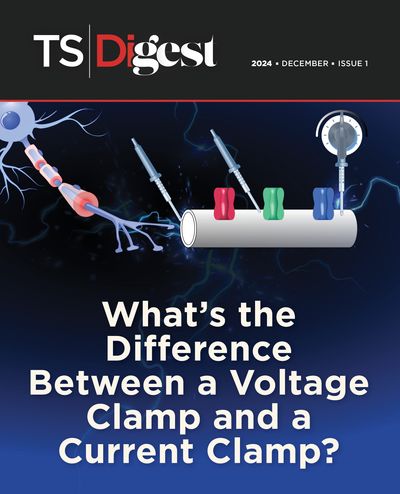How Does the Placebo Effect Work?
Placebo analgesia might be all in the head, but that doesn’t mean it’s not real.
For decades, placebo effects have plagued clinical trials, with as many as one third of patients responding to supposedly inactive treatments for conditions like depression and pain.1,2 Instead of discarding these responses, some researchers were intrigued: What neurobiological mechanisms could explain how a “fake” treatment produced real effects?
As early as the 1980s, researchers identified a key role for endogenous opioids in placebo analgesia: Administering the opioid blocker naloxone also blocked the pain-relieving effects of a placebo.3 Tor Wager, a neuroscientist at Dartmouth College, wanted to identify how endogenous opioid activity was altered in key brain regions during placebo pain relief. Using a radiolabeled μ-opioid receptor agonist, researchers assessed the availability of these receptors; greater endogenous opioid activity would mean less receptor binding by the labeled tracer. When participants were experiencing placebo-induced pain relief, the brain scans revealed altered endogenous opioid activity in several regions including those involved in pain modulation and emotion processing and regulation.4
But how do these brain regions work together to create a conscious experience? Researchers believe that pain is influenced by both bottom-up processes, like the signals coming in through peripheral nerves, and top-down processes, like attention. Placebos might intervene at either end. “They can block what's coming up from the spinal cord, which is the textbook definition,” said Wager. “And they can change how the brain constructs the experience of pain.” Recent research from Wager’s lab suggests that the latter may be more prevalent, indicating that nociceptive systems in the brain responded similarly to a painful stimulus regardless of whether the person reported feeling less pain due to a placebo treatment.5 Instead, said Wager, “[the placebo] works by changing the central value and motivational systems, so it's changing the suffering and changing the evaluation of pain.”
- Furukawa TA, et al. Lancet Psychiat. 2016;3(11):1059-1066.
- Sanders AE, et al. JAMA Netw Open. 2020;3(4):e202907.
- Grevert P, et al. Pain. 1983;16(2):129-143.
- Wager TD, et al. PNAS. 2007;104(26):11056-11061.
- Botvinik-Nezer R, et al. Nat Commun. 2024;15(1):6017.


